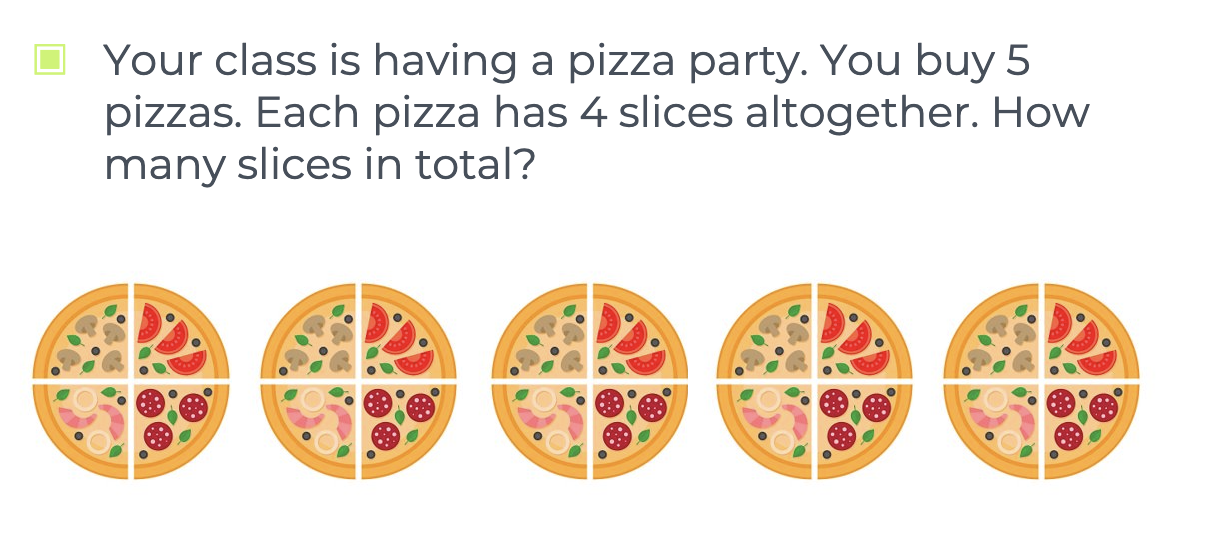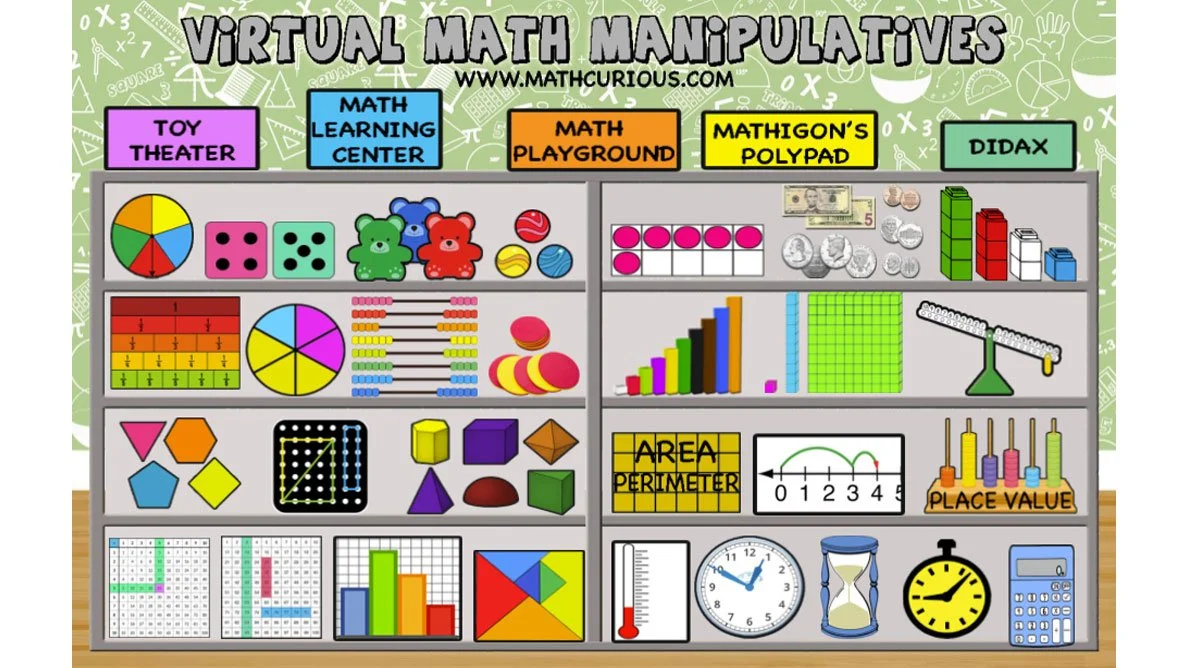5 Tips to Help Students Solve Math Word Problems
While math problems are essential and challenge students to grasp a foundational concept fully, they can be hard for many students, especially those needing reading help. Here are some tips and tricks to help kids solve even the toughest math word problems.
#1 Read the problem aloud
Reading the problem aloud is a great tip for students just being introduced to math word problems. This tactic helps kids stay focused and avoid rushing through the problem and allows them to think through the problem and process what the question is asking.
#2 Circle the important numbers and cross out parts of the problem that are not needed.
Annotating the problem is an excellent way for kids to break down the problem into steps and think about what the question is asking.
A great way to start annotating math word problems is to circle the important numbers and cross out parts of the problem that are not needed. These steps help children simplify the problem, making the question easier to understand. Take a look at the example below.
Step 1. Circle the needed numbers
Step 2. Cross out parts of the problem that we do not need
Now we can read the problem as Target has sold 20 shirts, 50 pants, and 19 socks today. How much clothing has Target sold today? This question is much more straightforward than the original one we started with.
#3 Find keywords
A quick way to figure out what the problem is asking is to find keywords that help us decide if the problem is asking us to add, subtract, multiply, or divide. For example, if the question asks, "George has 2 dogs, 3 rabbits, and 2 fish. How many animals does George have altogether?" We can assume that the problem is asking the student to add or multiply because of the keyword altogether.
Though keywords can be helpful, they should not be the student's only strategy because different operations can share the same keyword. Notice, for example, that 'increased by' is a keyword that appears under both addition and multiplication.
Keywords are beneficial, but using them alongside other problem-solving strategies, like annotating the problem, is essential.
#4 Draw it out or use objects to explain the problem
A great way for kids to contextualize what is happening in the problem is by drawing the problem out or using objects to help solve the problem. In addition, because many kids are visual learners, drawing the problem out or using objects clicks much faster for them than just reading the problem off a piece of paper.
Drawing the problem out or using objects is also great when the word problem has no keywords or the keywords are unhelpful.
You could either draw them yourself on the digital whiteboard or use virtual manipulatives. Please refer to our in-depth article on virtual manipulatives here to see how you can use them!
#5 Ask students to justify their answers
Asking students to justify their answers is important because it enables them to fully comprehend the steps they took to solve the problem and why they needed to use them.
Making students justify their answers also allows the teacher to see if the child needs any help with the word problem, and if the students do need help, the teacher will know exactly what part of the problem they need help with.









